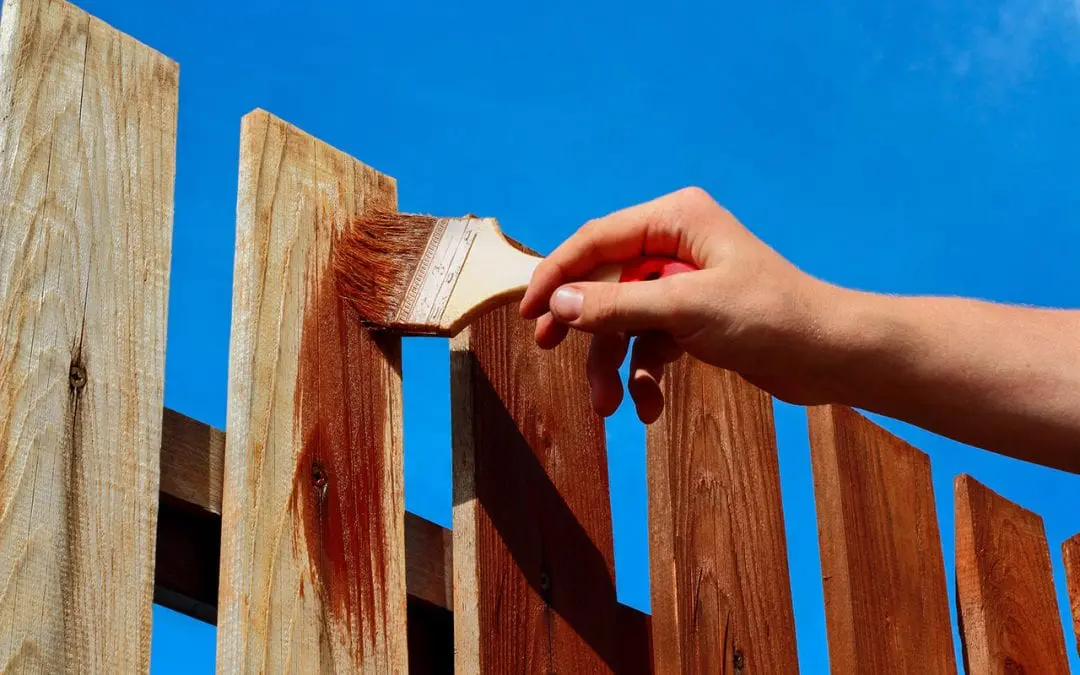Installing your own fence is a cost-effective way to add privacy and value to any yard. There are several things to do ahead of the actual construction that will make the project go smoother. Follow these six steps when you plan for a new fence.
1. Contact the Local Building Department and Your HOA
Before you get too involved in the process, make sure that you are permitted to install a fence. Visit or call your local building department. You may need to purchase a permit and go through an inspection process.
Certain neighborhoods have codes, covenants, and restrictions (CC&Rs) on record, which might outline the height and material you’re able to use. If you live in a gated community or an HOA, check with the association for any guidelines.
2. Know the Property Boundaries to Plan for a Fence
A plan for a new fence must include the property lines. Building anything on your neighbor’s side could cost you money in the form of legal fees and a teardown and rebuild. The most accurate way to verify the property lines is to have a licensed surveyor come out to the property and mark them.
To get the best price, contact three companies and tell them the approximate size of the borders you’ll need to be surveyed. You may find some surveyors only take big jobs. Before the surveyor arrives, call your neighbors to let them know when he or she will be there. It is a good idea to involve them in the process anyway since your yard shares a border.
3. Pick Out Materials
Once you have the green light to build, you can start looking at different materials and costs. When you plan for a new fence, consider maintenance issues. Wooden posts tend to rot over time while metal ones may last for decades without maintenance.
Chain-link is durable, but it is not very private. Inserting privacy slates can fix that problem. Wooden fences are decorative, but you will need to paint or stain and seal them regularly. Vinyl fencing is another privacy fence option with fewer maintenance needs.
4. Plan for a Fence with Safety Measures
A plan for a new fence should include a safety checklist. You must know if there are underground utilities in the area you are working on. Call 811 to request that power, gas, or miscellaneous cables running underground are identified and marked.
While checking in with your building department about putting up the fence, ask them if there’s anyone else you need to contact. Call your power and water provider. During this stage, you cannot be too careful. It is better to double-check with all types of service providers.
5. Remove Plants and Rocks
It is time to prep the ground. If you have large trees on the proposed line, you do not necessarily have to remove them. If you like the shade and prefer to keep trees in place, plan the fence around them. Some small bushes and shrubs can survive and thrive after a transplant. If you have room in other areas of your yard, move useful or attractive bushes there.
Boulders may need to be fenced around if you cannot get them to budge. To move large rocks, dig out around them with a heavy-duty crowbar. If that does not work, consider renting a jackhammer or small tractor with an attachment for digging and moving rocks.
6. Plan for a New Fence Around the Weather
In most regions, springtime is the best time for fencing. You will want to wait until the ground is thawed but still soft enough to dig. Waiting until late summer can mean tough digging in the summer heat through dry, compacted dirt. The weather may cooperate in autumn, but the earth will not be as forgiving as it was earlier in the year.
Precision Home Inspectors provides inspection services to Hampton Roads. Contact us to schedule an appointment.

